Edições Impressas
13 de maio de 2024
Climbing the highest mountain in the world – Level 3
Article published in Joca 223
On May 23, 2021, Brazilian Aretha Duarte, a 40-year-old resident of Campinas (SP state), became the first Latin American Black woman to reach the top of Mount Everest, the highest mountain in the world at 8,848.86 meters (distance between a point and sea level). To achieve this, Aretha raised approximately 400 thousand reais by collecting and selling recyclable material. The mountaineer, whose parents are migrants from Pernambuco state, always believed the climb would bring more visibility to the social projects she supports. Junior reporter Davi K., age 11, spoke to Aretha about her career and Dreams.
How did the idea of climbing Mount Everest come about?
I had been working as a mountaineer since 2011, I started as a salesperson and, today, I am a high mountain guide. But it was only in 2019 that I began to think about climbing Everest. The fact is that, even though I already had the physical, technical, and emotional experience, I did not have the funds to do this. So, I went back to working as a recyclables collector for the “Da Sucata ao Everest” project. The objective was not just to get to the top of the mountain, but also to secure enough funds and visibility to effect social and environmental transformation. This work lasted around 13 months with help from family, friends, and even strangers.
How did you prepare and who helped you?
Well, to climb Everest there are five requirements: excellent physical fi tness; rock and ice climbing knowledge, mountain experience, and to have climbed a 7,000 to 8,000 meter-tall mountain. I had fulfilled these steps through my work. A year before Everest, I did my physical checkup, because, in fact, there is a risk of death. I made my training more intense with the help of three friends who had studied physical education: Jacky Lopes (functional exercises), Dani Sarmento (pilates for breathing and posture), and Renato Fioravante (swimming). I also had the help of doctor Amalia Novaes, a nutritionist; Thiago Lacerda, a physical therapist and osteopath; Rita Bragatto, a psychotherapist, and Anne Hamon, a mentor who helped me organize the project. This multidisciplinary volunteer team was key to enhancing my preparation.
How many times did you camp on your way up?
I set aside 60 days on the mountain and ended up staying 54. From the village of Lukla (2,700 meters above sea level) to the base camp (5,300 meters), I hiked for 10 days. After that, the four-stage climb actually began. Three of them are related to the acclimatization cycle, that is, of adapting to rarefi ed air [low concentration and variety of gases]. We go up and come down to base camp three times. Then, when a window of good weather appears, we do the final climb to the top and return.
When that window appeared, we went straight to camp two. Next, we went to the third camp and spent the night there. Then came the fourth and last camp (8,000 meters); I rested there for a few hours and left to climb the summit [fi nal stretch to the top]. I left around 11:30 pm Nepal time and reached the top close to 10:30 am. I stayed there for about 15 minutes to try to eat, take pictures and videos, then I went straight back down to camp four.
What were the biggest lessons?
I always say that the mountain is a school. I learn a lot there. Some of the lessons have to do with the certainty that there is such a thing as prejudice, male chauvinism, racism… But I also learned that such challenging dreams are only possible if we work together as a group. I didn’t get to the top by myself, I had the help of a lot of people. I am very grateful that so many people believed in me. This peak is not mine, it is ours. May this translate to everyday life in the city.
Ixi! Você bateu no paywall!
Ainda não é assinante? Assine agora e tenha acesso ilimitado ao conteúdo do Joca.
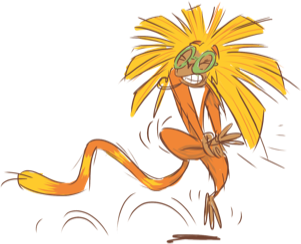
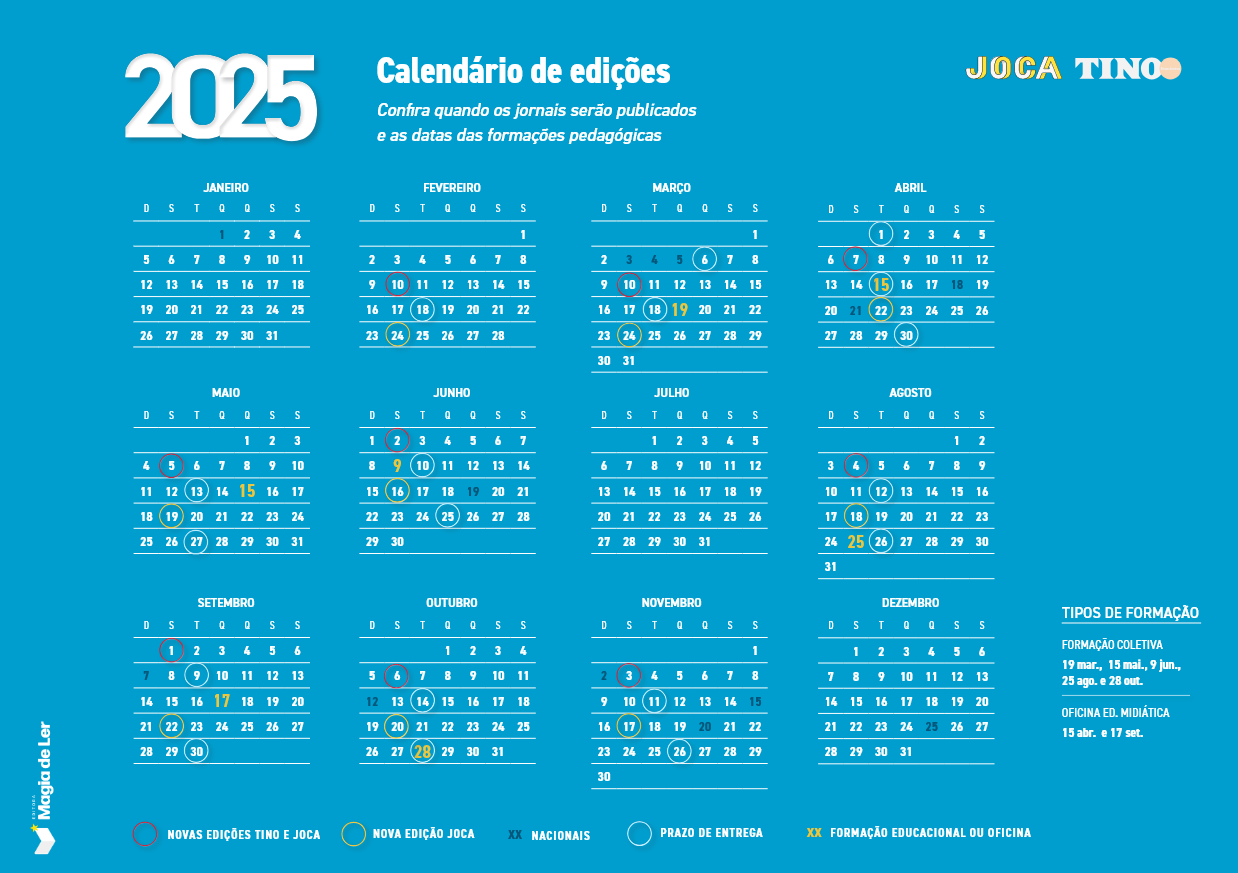
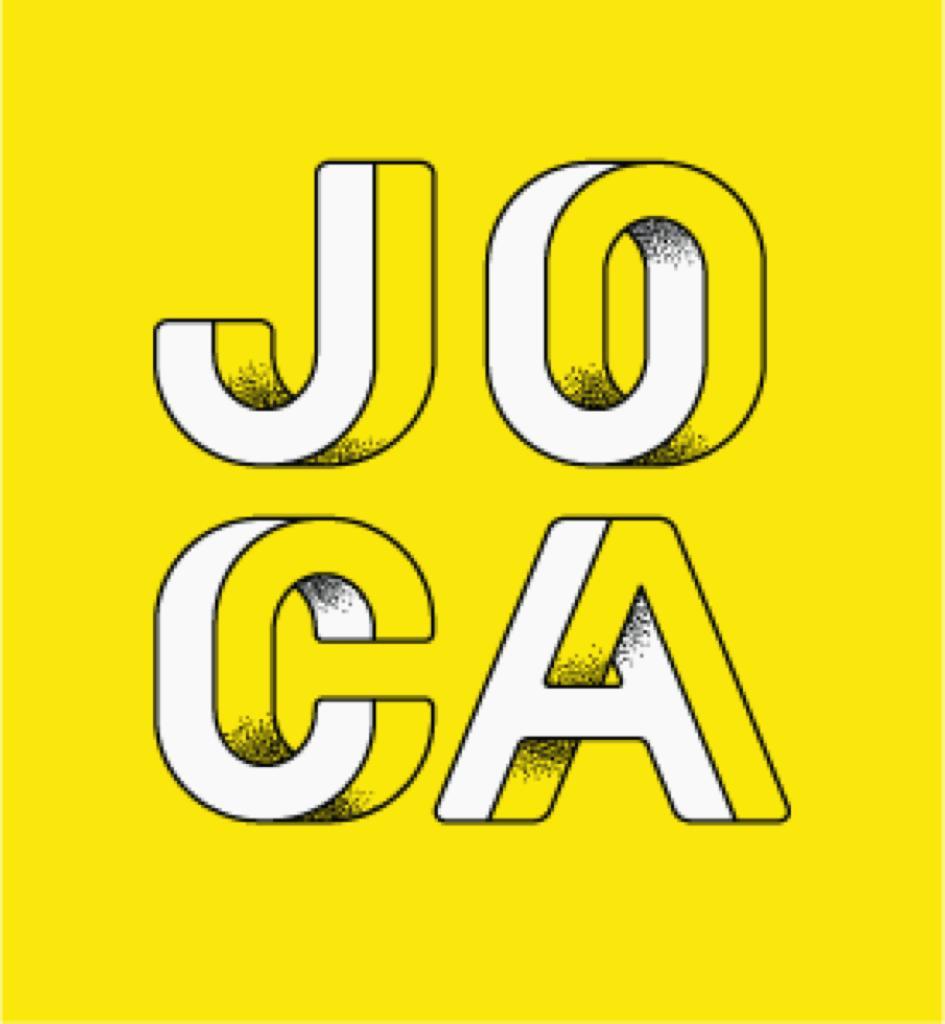



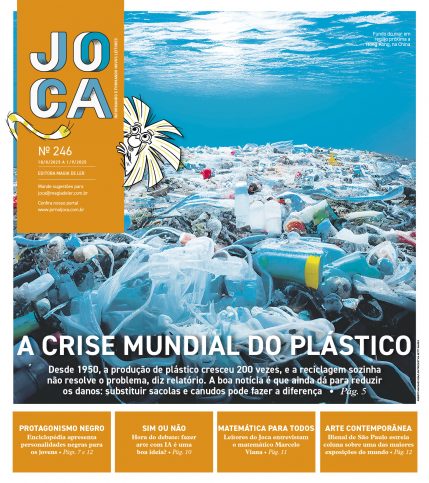

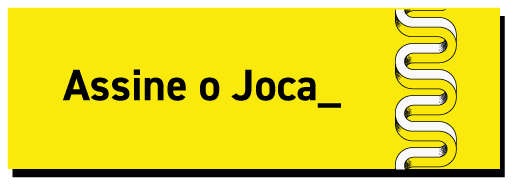
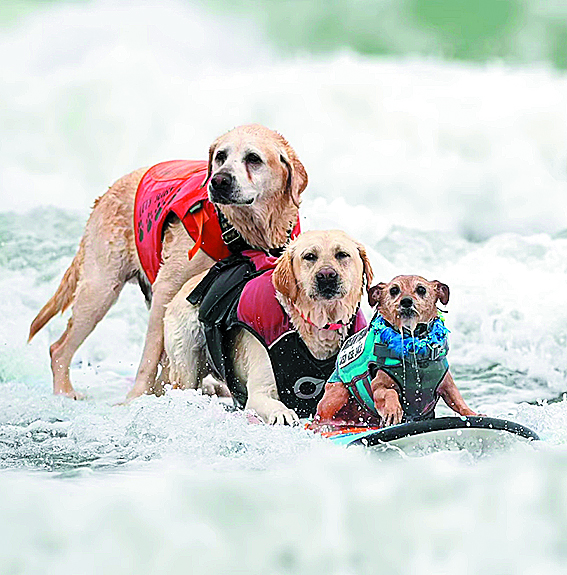
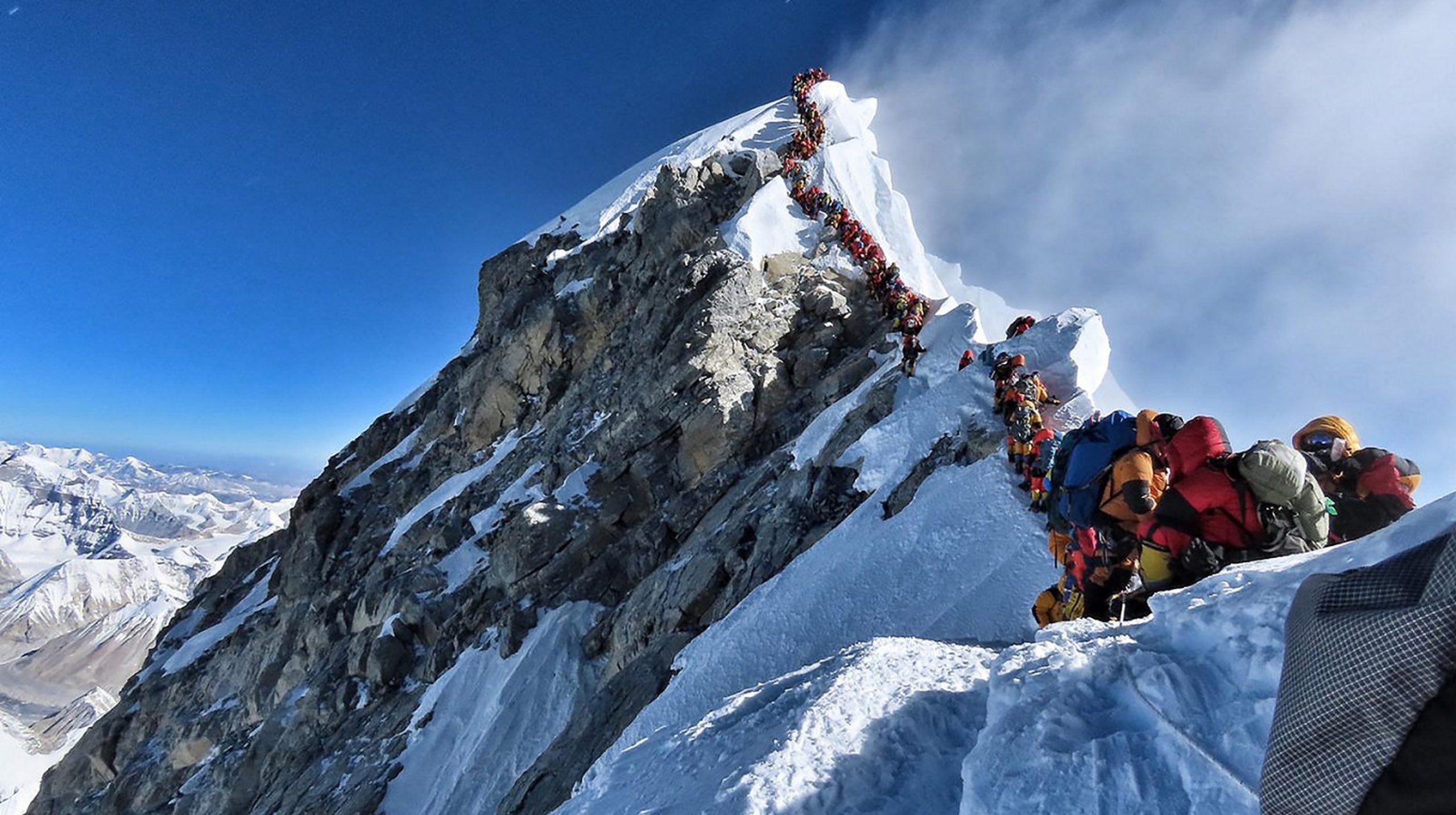
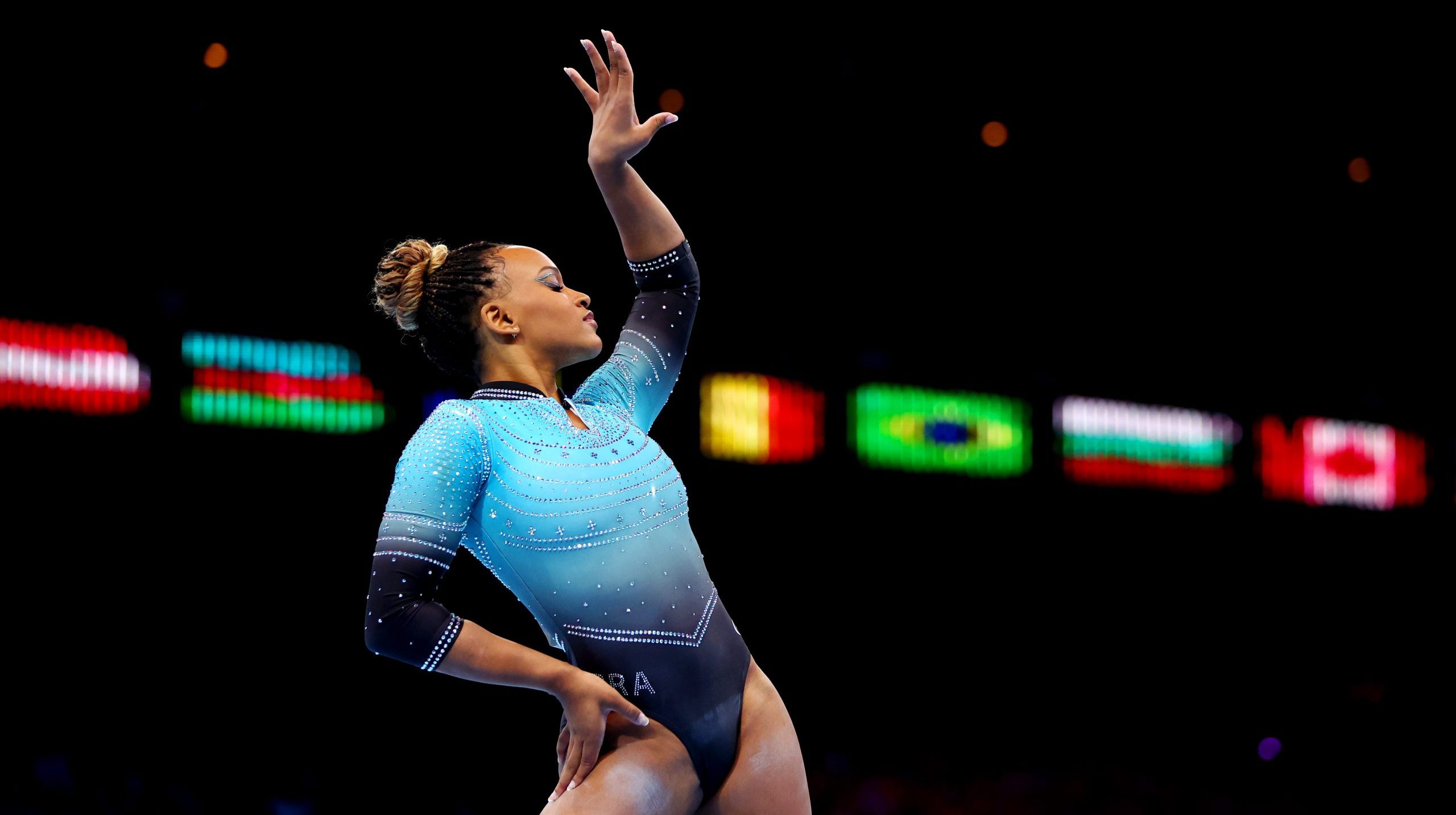
Você precisa fazer o login para publicar um comentário.